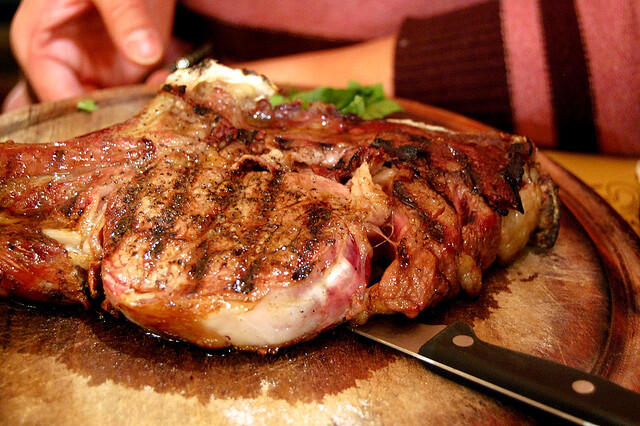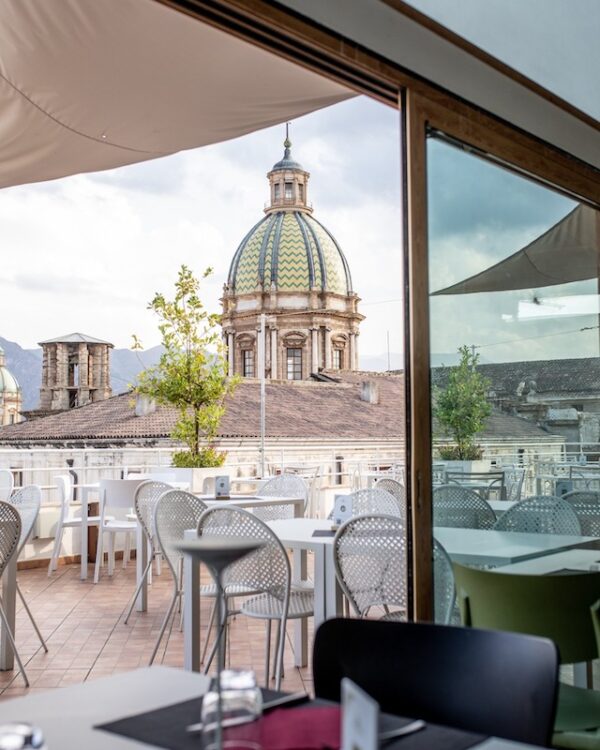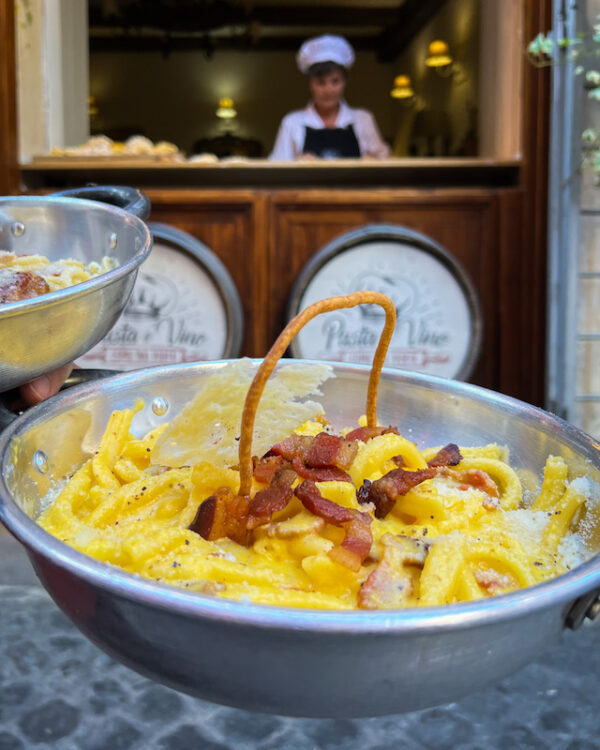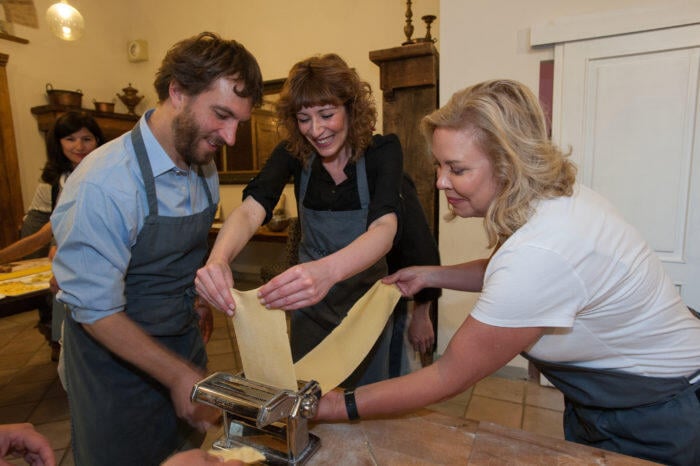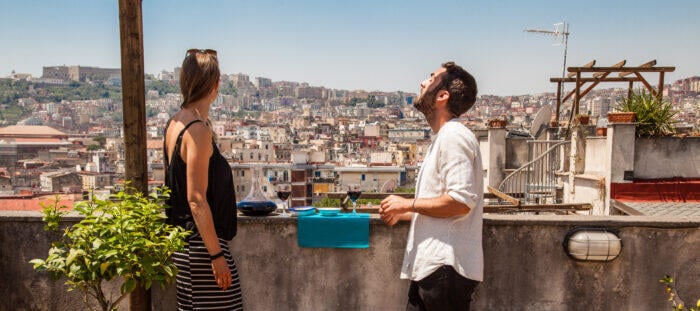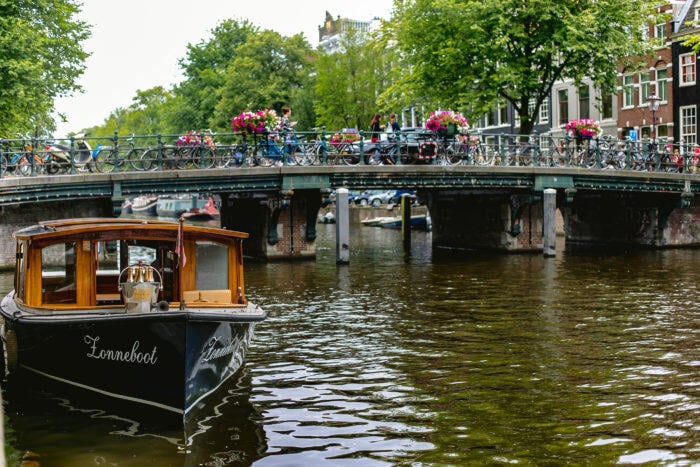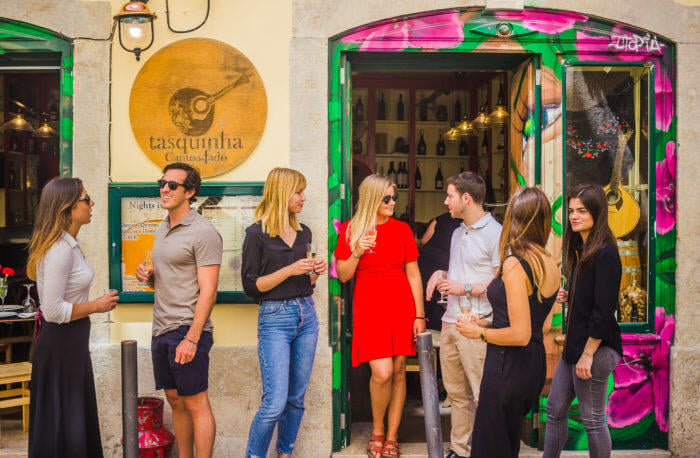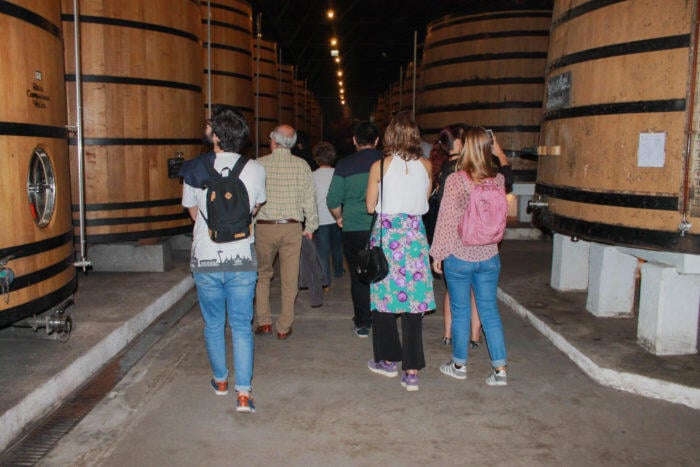All of our tours not only feed you the best each city has to offer but also immerse you in the local culture, authentic street life and history.
Top 5 Must Try Foods in Rome
When you think of Italian food, you probably picture pizza, pasta, and maybe gelato. But there’s so much more to Italian cuisine! One of the many reaso...
Blog Posts
The 6 Best Florentine Steaks in Florence
Florentine steak is to Florence as carbonara is to Rome; the two simply go hand in hand. Florentine steak, also known as Bistecca alla Fiorentina, is no ordi...
The 5 Best Street Foods in Rome
Time and time again, I’m taken aback by how little-known Rome’s street food scene is. Yes, the Eternal City’s assortment of top-class resta...
The 5 Best Rooftop Bars in Palermo
Is there any better way to experience the enchanting beauty of Palermo than with a glass of Italian wine in hand from one of the city’s chic rooftop ba...
The 5 Best Pasta Restaurants In Rome
As the home of four of Italy’s most treasured pasta dishes, I’d be stating the obvious by saying that Rome has some outstanding pasta restaurants...
The 6 Best Cafes In Venice That You Must Visit
It’s that time of the day in Venice when you need an espresso for a little lift-me-up. From charming hideaway coffee shops operating on a come-and-go s...
Eating Europe
Food Tours
Get the best advice and offers on Eating Europe tours
Subscribe to our newsletter for exclusive offers, discounts and the best in food and travel advice across Europe




